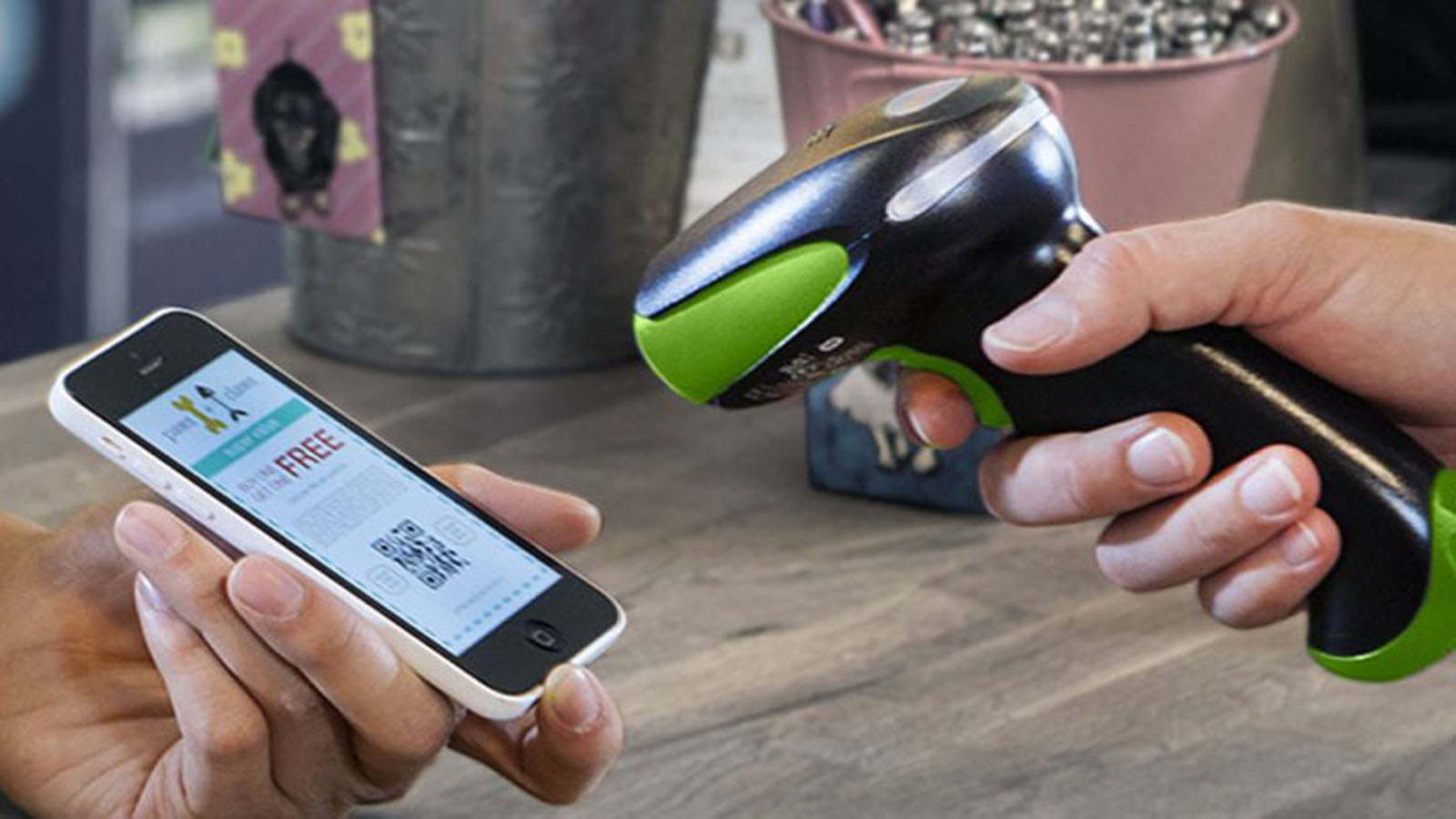A bar code reader (or bar code scanner) is an electronic device that can read and output printed barcodes to a computer. Like a flatbed scanner, it consists of a light source, a lens and a light sensor translating for optical impulses into electrical signals.Additionally, nearly all barcode readers contain decoder circuitry analyzing the bar code’s image data provided by the sensor and sending the barcode’s content to the scanner’s output port.
Technology
Barcode readers can be differentiated by technologies as follows:-
Laser scanners
Laser scanners work the same way as pen type readers except that they use a laser beam as the light source and typically employ either a reciprocating mirror or a rotating prism to scan the laser beam back and forth across the bar code. As with the pen type reader, a photo-diode is used to measure the intensity of the light reflected back from the bar code. In both pen readers and laser scanners, the light emitted by the reader is rapidly varied in brightness with a data pattern and the photo-diode receive circuitry is designed to detect only signals with the same modulated pattern.
CCD readers (also known as LED scanners)
CCD readers use an array of hundreds of tiny light sensors lined up in a row in the head of the reader. Each sensor measures the intensity of the light immediately in front of it. Each individual light sensor in the CCD reader is extremely small and because there are hundreds of sensors lined up in a row, a voltage pattern identical to the pattern in a bar code is generated in the reader by sequentially measuring the voltages across each sensor in the row. The important difference between a CCD reader and a pen or laser scanner is that the CCD reader is measuring emitted ambient light from the bar code whereas pen or laser scanners are measuring reflected light of a specific frequency originating from the scanner itself.
USB
Later barcode readers began to use USB connectors rather than the keyboard port, as this became a more convenient hardware option. To retain the easy integration with existing programs, a device driver called a “software wedge” could be used, to emulate the keyboard-impersonating behavior of the old “keyboard wedge” hardware.
In many cases, a choice of USB interface types (HID, CDC) are provided. Some have PoweredUSB.
Wireless networking
Some modern handheld barcode readers can be operated in wireless networks according to IEEE 802.11g (WLAN) or IEEE 802.15.1 (Bluetooth). Some barcode readers also support radio frequencies viz. 433 MHz or 910 MHz. Readers without external power sources require their batteries be recharged occasionally, which may make them unsuitable for some uses.

 Cart is empty
Cart is empty 
Leave A Comment